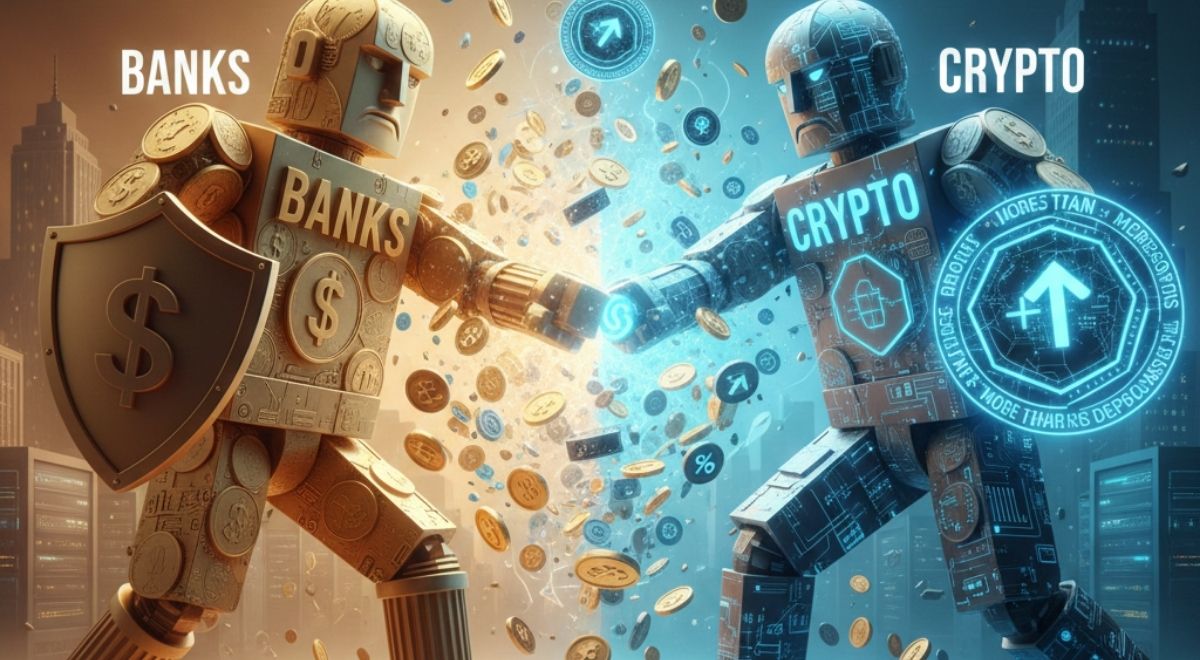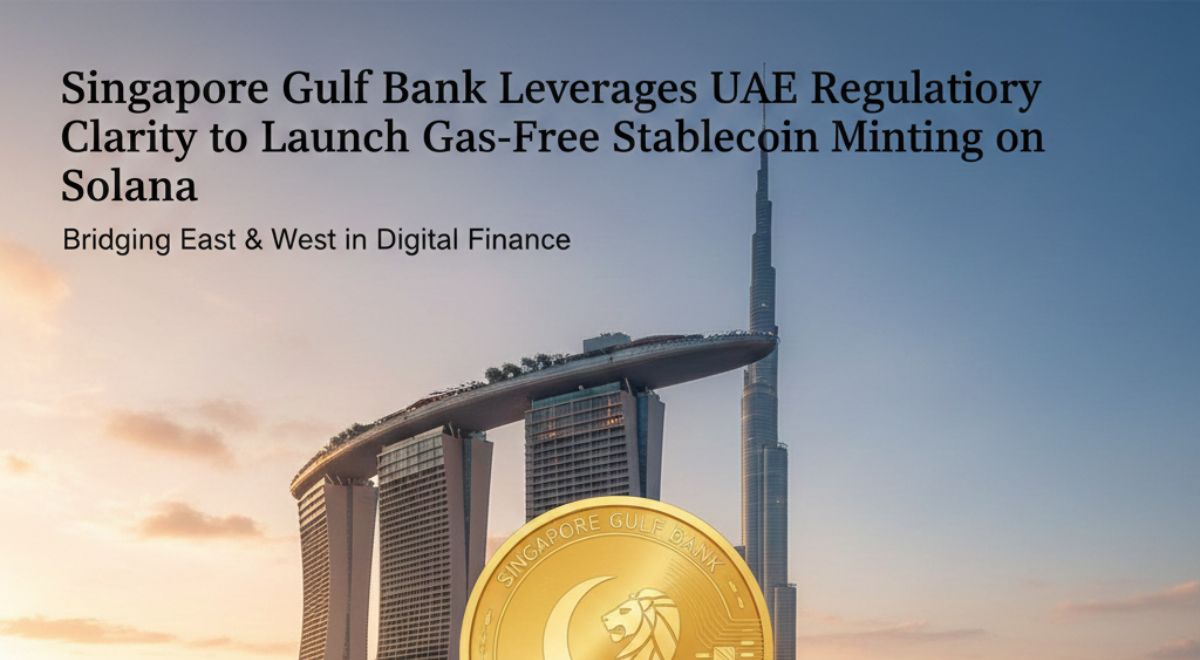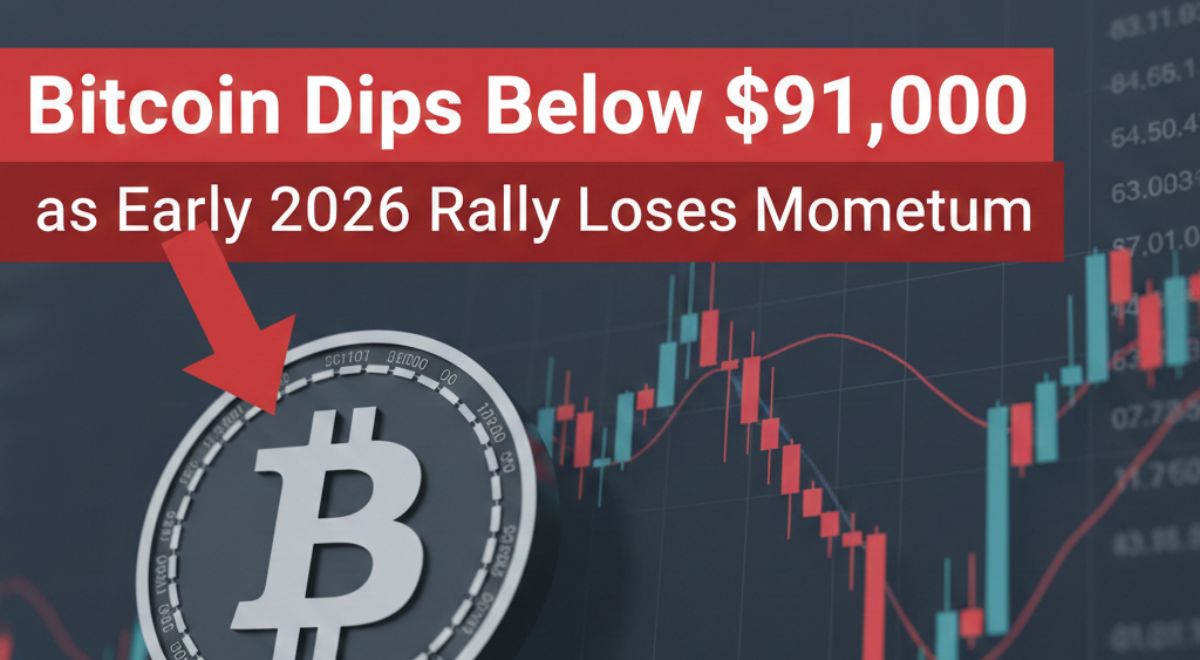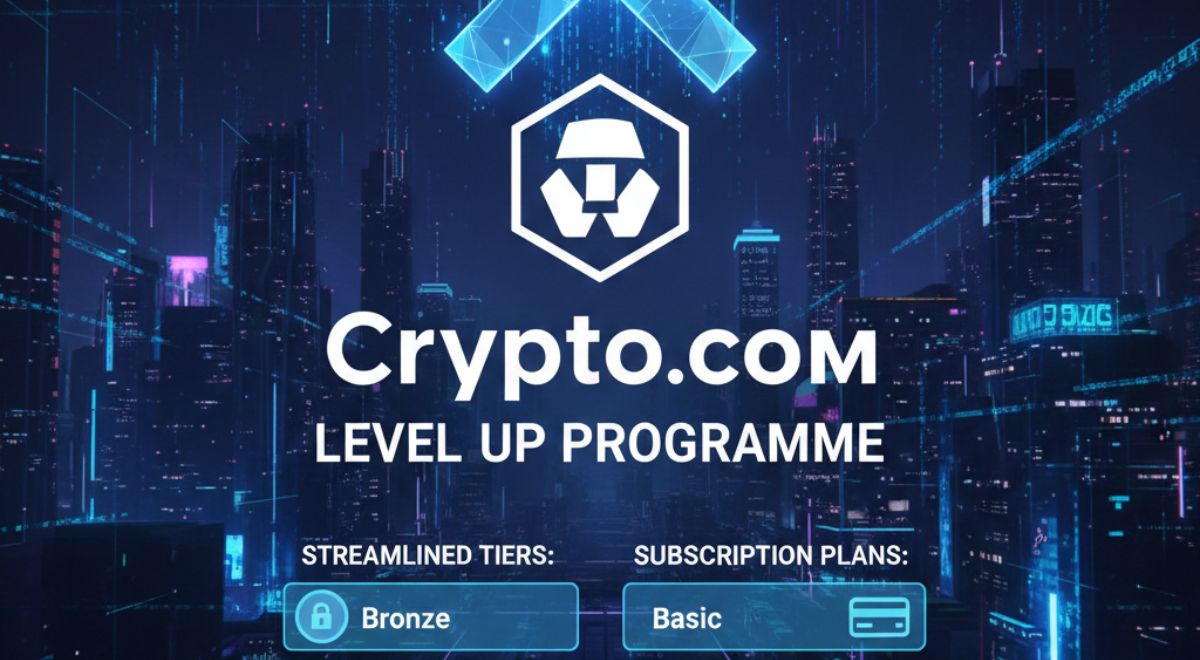As digital assets continue to gain popularity globally, the Middle East and North Africa (MENA) region is becoming a hub for innovation in the blockchain and cryptocurrency sectors. Within this space, peer-to-peer (P2P) cryptocurrency funding is one of the most interesting developments. Because of the growing interest from users, authorities, and investors, P2P crypto lending in the MENA area appears to have exponential development potential in the future. This essay looks at the environment that is evolving, significant variables, challenges, and potential impacts of this financial innovation on the field.
Table of Contents
ToggleA Growing Market for Cryptocurrencies and Blockchain
In the MENA region, the use of cryptocurrencies has increased dramatically in recent years. Several countries, such as Saudi Arabia, Bahrain, and the United Arab Emirates (UAE), have implemented policies aimed at regulating and promoting the utilization of digital assets and blockchain technology. The lack of uncertainty around regulations has encouraged financial institutions, both new and old, to look into the potential of the cryptocurrency industry. P2P financing for cryptocurrencies is growing in popularity. It occurs when individuals lend and borrow digital assets directly from one another without the need of an intermediary. Growing financial inclusion initiatives, a high proportion of young people, and tech-savvy investors are creating an environment that is perfect for P2P cryptocurrency lending businesses to flourish in.
The advantages of peer-to-peer cryptocurrency lending
Particularly in regions like the Middle East and North Africa (MENA), where some demographic groups might not have as much access to traditional financial institutions, peer-to-peer (P2P) bitcoin lending offers a number of advantages over traditional lending systems. First off, P2P lending organizations can provide customers with better interest rates on their cryptocurrency holdings than traditional banks can. On the other hand, lower interest rates and quicker access to funds benefit borrowers. Second, peer-to-peer (P2P) cryptocurrency lending promotes financial inclusion by giving underbanked and unbanked people access to finance without the need for a bank account or credit history. The decentralized nature of P2P lending systems also aligns well with the increasing demand for financial transaction security and transparency, which is a key concern for many users in the space.
Barriers to Regulation and the Need for Structures
Notwithstanding all of P2P crypto lending’s benefits, the MENA region’s deficiency in suitable regulatory frameworks remains a major issue. Authorities are still grappling with how to limit the risks associated with cryptocurrency transactions, such as fraud, money laundering, and market volatility. P2P platforms may find it difficult to win over potential users and investors because of the unpredictable nature of the regulations. However, some countries are setting the bar high by creating regulatory sandboxes that allow fintech companies to test their products in a secure environment. Examples of these countries are Bahrain and the United Arab Emirates. Explicit and supporting regulations must be established in order to guarantee the P2P crypto lending market’s safe and long-term growth.
The Emerging Players and Platforms in the MENA Region
A number of innovative P2P crypto lending businesses have started to emerge in the MENA region as the desire for alternative financial solutions develops. Companies like Rain, BitOasis, and NOW Money are looking into the prospect of extending their present product offerings to include cryptocurrency loan services. These systems make transactions rapid, inexpensive, and safe by utilizing blockchain technology. Additionally, local fintech companies are deliberately partnering with global bitcoin heavyweights in an attempt to expand their clientele and service offerings. As more businesses enter the market, competition will encourage innovation and result in more accessible and varied financing choices.
The Impact of Decentralized Finance (DeFi) on the Future
The P2P crypto lending business in the MENA area is experiencing a significant transformation, primarily due to the endeavors of Decentralized Finance (DeFi). DeFi protocols on blockchain networks like as Ethereum and Binance Smart Chain allow automated, trustless transactions without the need for middlemen. These protocols are currently being integrated by P2P lending platforms in order to provide more efficient and transparent services. The adoption of DeFi by traditional financial institutions in the MENA region is likely to accelerate as more public and private institutions realize the benefits of decentralized finance in advancing financial inclusion and economic development.
Opportunities for Investors and Financial Institutions
The MENA region’s financial institutions and investors can make significant profits from the expanding peer-to-peer (P2P) crypto lending market. Institutional investors who want to diversify their bitcoin holdings are drawn to P2P lending because it offers an opportunity to gain exposure to this quickly growing sector. Financial institutions stand to benefit from partnerships or investments in P2P platforms as well, since this will allow them to keep up their competitiveness in a rapidly evolving industry and expand the range of services they offer. If institutional involvement obtains the required regulatory permission, it might significantly accelerate the growth of the P2P crypto lending sector in the MENA region.
Potential Consequences for the Traditional Banking Sector
Peer-to-peer bitcoin lending is expected to have a major influence on the traditional banking sector in the MENA area. As more people and businesses turn to cryptocurrency lending for their financial needs, particularly in industries like small business financing and personal loans, traditional banks may witness an increase in competition. This shift might force established banks to adapt and adopt customer-focused, more technologically astute tactics. Some banks are already looking at ways to integrate blockchain technology and digital assets into their operations in an attempt to offer services that are competitive. The way traditional banks respond to these emerging tendencies brought about by cryptocurrencies will likely dictate how the financial sector grows in the MENA region.
Future Prospects: Creating a Digital Financial Ecosystem
In the Middle East and North Africa (MENA), peer-to-peer (P2P) cryptocurrency lending seems to be on the rise due to a combination of technological advancements, regulatory changes, and shifting consumer preferences. With investors and users using digital assets more frequently, the region is destined to become a significant player in the global P2P lending market. The region’s economic trajectory, however, will depend on its capacity to strike a balance between innovation and regulation, guaranteeing that the benefits of crypto finance are fully realized while lowering related dangers.











